The conversation about the future of film and television just took a science-fiction turn. And no, we’re not talking about a new Marvel movie. The epicenter of the earthquake is named Tilly Norwood, and she is the reason why Hollywood is fuming. Tilly isn’t a rising star with an impressive acting résumé; in fact, she doesn’t have a pulse. She is an “actress” completely generated by Artificial Intelligence, and her sudden appearance has unleashed a wave of outrage, fear, and an existential debate in the heart of the film industry.
The Promise of the Perfect Fake
Tilly Norwood looks like a young, approachable Gen Z influencer: wavy brown hair, fair skin, and an active social media presence since last February. She posts about her “screen tests” and dreams of an acting career. Her profile is so convincing that, according to industry reports, talent agents and film studios have already shown interest in representing and hiring her.
The “mother” of this synthetic actress is Eline Van Der Velden, founder of the AI startup Particle6 and the AI talent agency Xicoia, who presented Tilly at the Zurich Film Festival. Her ambition is clear: she wants Tilly to be “the next Scarlett Johansson or Natalie Portman,” and she asserts that the era of synthetic actors “is already here.”
A post from Tilly herself encapsulates the project’s audacity: “In 20 seconds I fought monsters, escaped explosions, sold you a car, and almost won an Oscar. All in a day’s work… literally! Find an actress who can do it all,” she boasted, along with the hashtag #AIActress.
However, this bold challenge was not met with applause. It was met with a resounding, collective no, thank you.
The Artists’ Fury: “This is Incredibly Thoughtless”
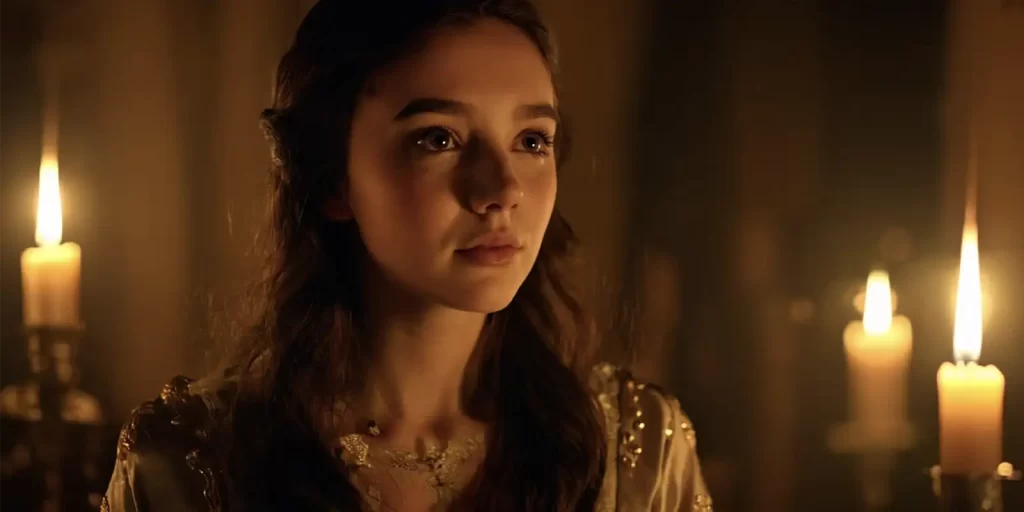
The news that a virtual figure could be signed by talent agencies immediately set off alarms. The reaction across Hollywood has been visceral and forceful, reflecting the creative community’s profound fear of being replaced or having their work exploited.
Prominent figures quickly voiced their rejection on Tilly’s own social media pages:
- Game of Thrones star Sophie Turner summed up the sentiment with a simple: “Gross… no thank you.”
- Cameron Cowperthwaite (American Horror Story) called it “incredibly thoughtless and frankly disturbing,” hoping the initiative would backfire in every way.
- Ralph Ineson (Nosferatu) was even more concise, telling the technology to “Go f*** yourself.”
- Oscar-nominated actress Emily Blunt expressed her horror in an interview: “Are you serious? That’s an AI? Good Lord, we’re screwed. That is really, really scary. Come on, agencies, don’t do that. Please stop taking away our human connection.”
The Union Speaks Out: Stolen Labor
The most powerful institution in the industry, the Screen Actors Guild – American Federation of Television and Radio Artists (SAG-AFTRA), which represents over 160,000 professionals, issued a strong statement. The union made it clear that Tilly Norwood “is not an actor” but a computer-generated character trained on the work of countless professional performers, without permission or compensation.
Actress Mara Wilson (Matilda) zeroed in on the ethical concern surrounding Tilly’s creation: “You did not create this. Hundreds of real workers, real photographers, cameramen, heck, even farmers did. You took their work and pretended it was yours.” This is the core of the conflict: AI feeds on pre-existing human work, raising suspicions of mass intellectual property and identity theft.
The Creator’s Defense: Art, Not Replacement
Faced with the barrage of criticism, Van Der Velden issued a statement defending her project. She insists that Tilly is not intended to take anyone’s job but rather to be viewed as “a creative work, a piece of art.”
“Just as animation, puppetry, or computer-generated imagery opened up new possibilities without taking away from live acting, AI offers another way to imagine and build stories,” she argued. For her, Tilly is a tool, and AI characters should be judged as part of their own genre and on their own merits, not in direct comparison with human actors.
Furthermore, the economic appeal for studios is clear. The creator has noted that AI could reduce production costs by up to 90%. Tilly Norwood is, in essence, the perfect star: she doesn’t get tired, doesn’t get sick, doesn’t complain, doesn’t demand salary renegotiations, and can modify her appearance and age in seconds.
A Conflict That Is Just Beginning
Anxieties about AI are not new; they were a central focus of the 2023 writers’ and actors’ strikes. Although the unions secured agreements requiring consent and compensation for using digital replicas of their members, these pacts do not prevent other AI companies (like Particle6) from using publicly available material to create new figures like Tilly.
This conflict is not limited to labor issues. Major media companies are taking the matter to court. Disney and Universal have sued AI generators for illegally training their models with their intellectual property, and OpenAI has begun alerting talent agencies about the risk that its video generator, Sora, may include copyrighted material.
Hollywood’s future hangs in the balance. Can the industry embrace AI as a complementary tool (like animation or CGI), or will it succumb to the temptation of total replacement by an “actress” with no ego, no fatigue, and no paycheck?
For now, the actors’ union has staked its claim: “Creativity is, and must remain, human-centered.” Tilly Norwood may be the star we didn’t know existed, but the final box office tally will be paid, as always, by the audience—whether or not the performer on screen has a pulse.


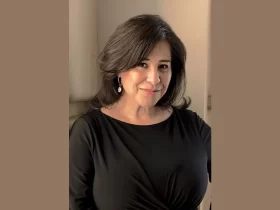
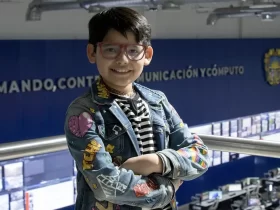



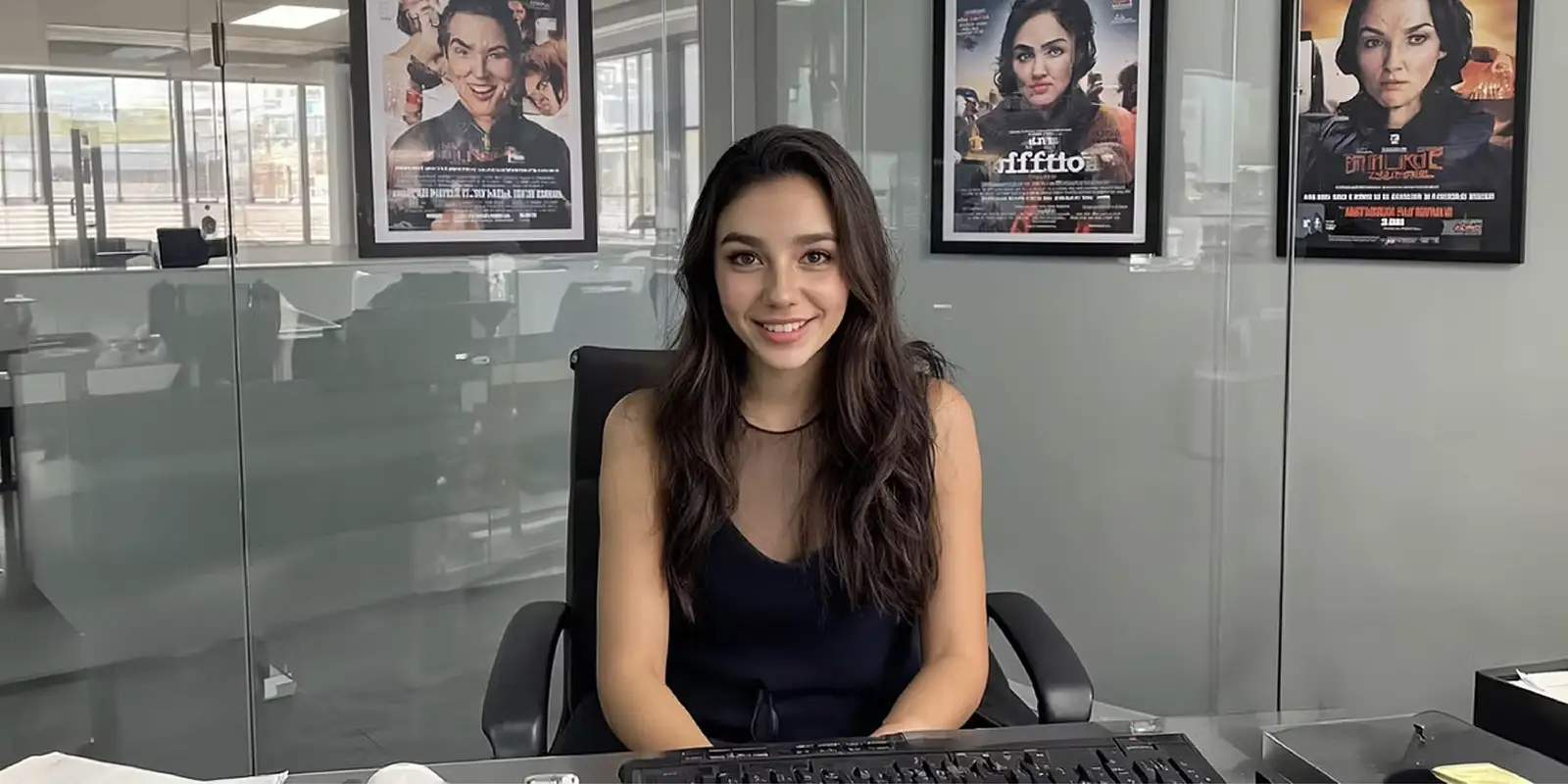











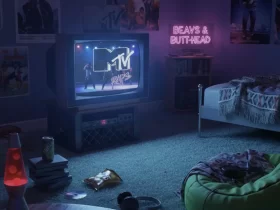


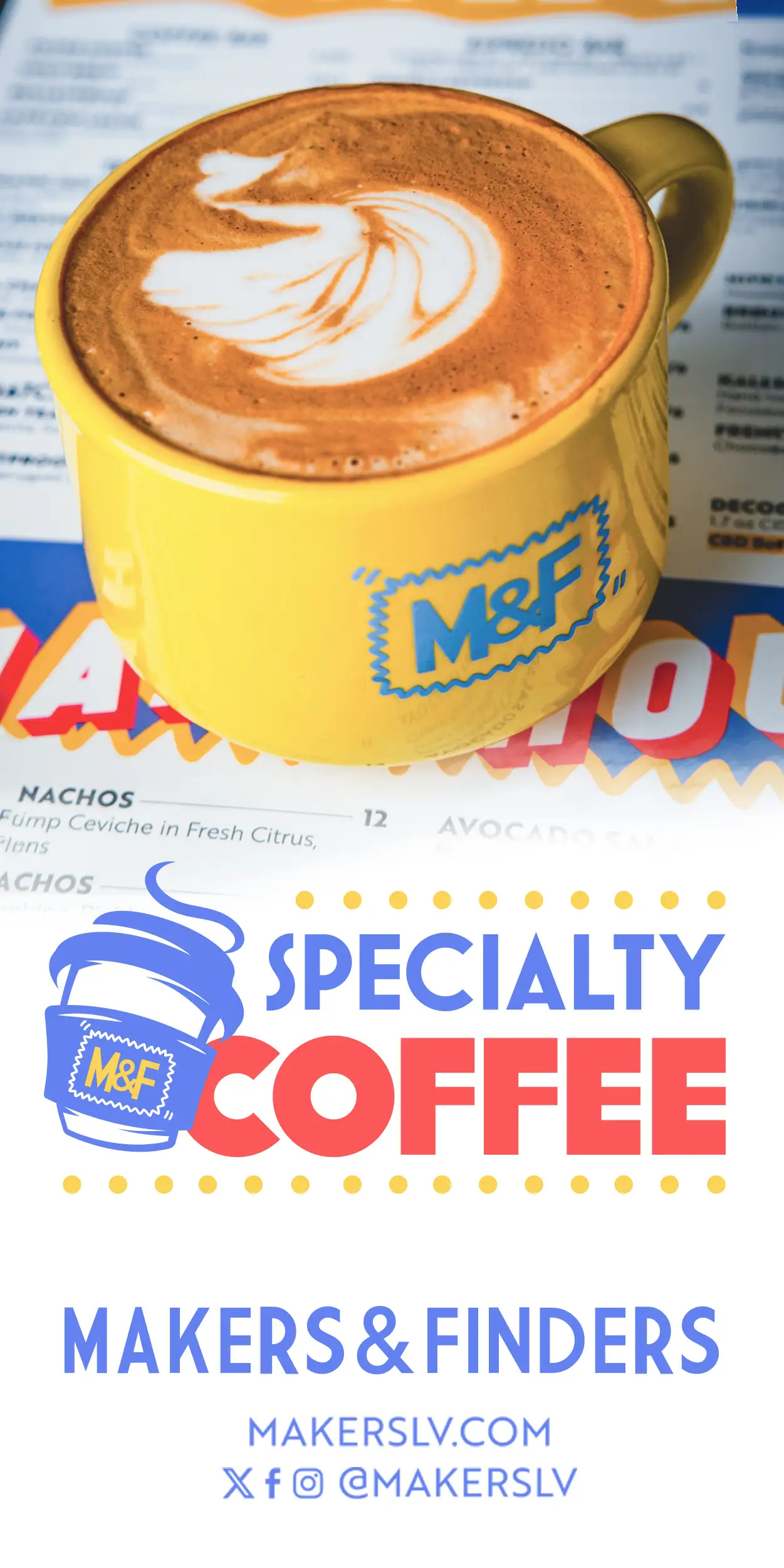














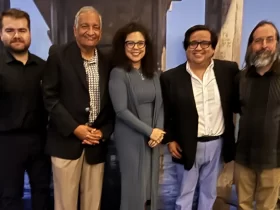


Leave a Reply